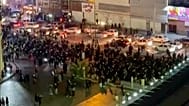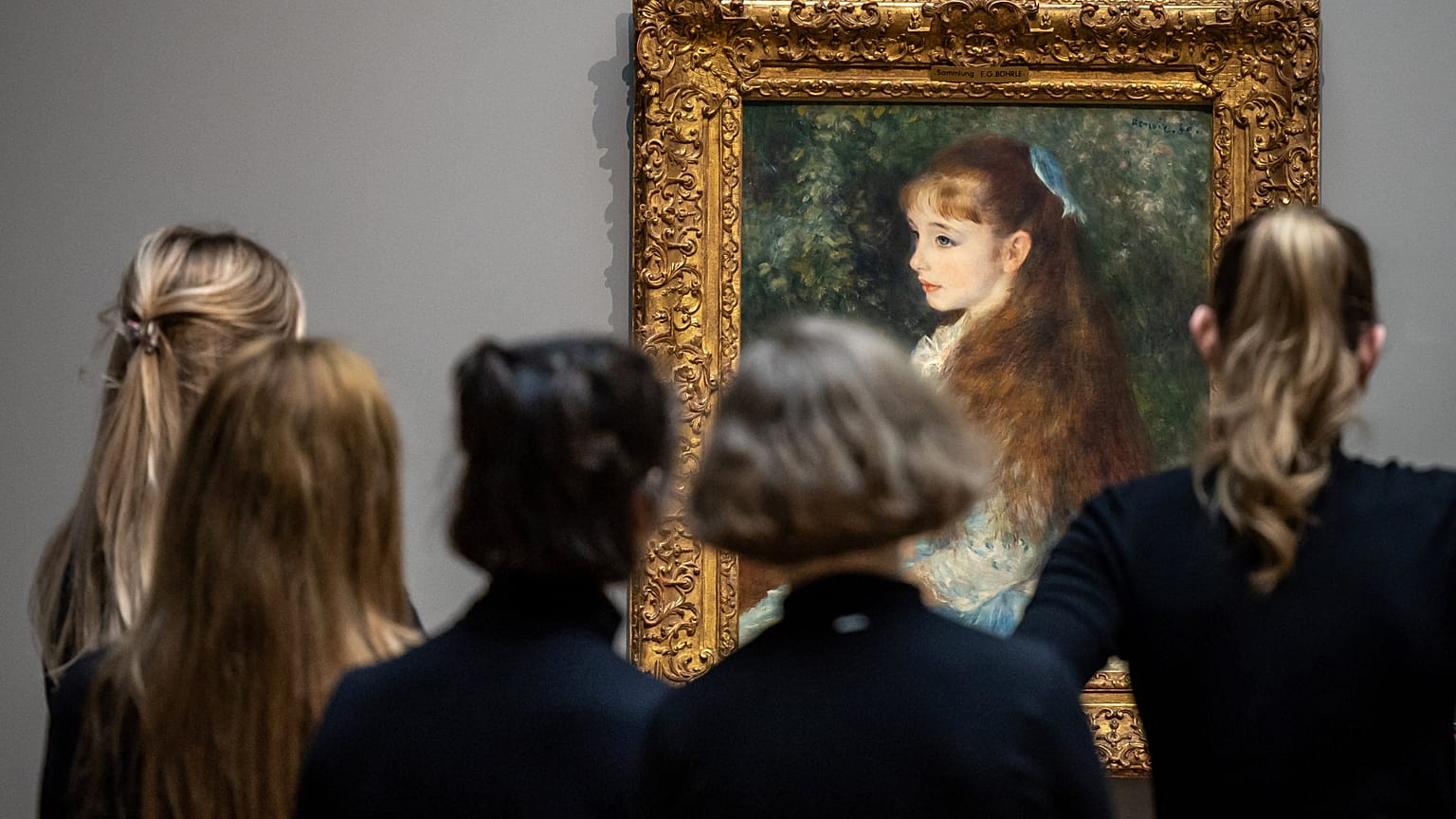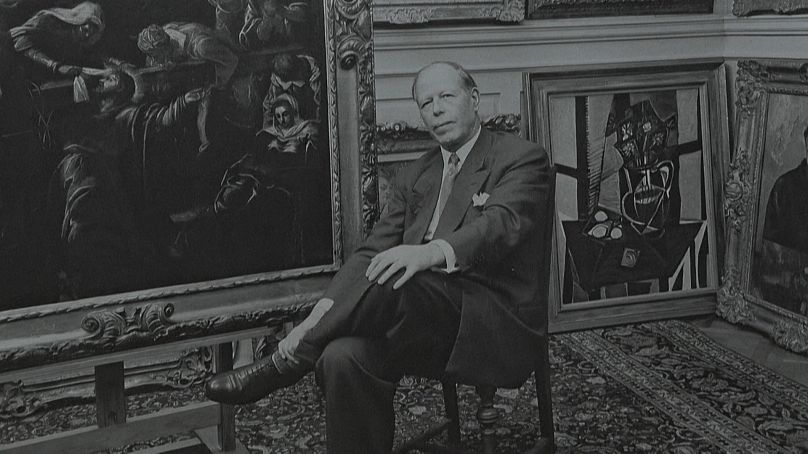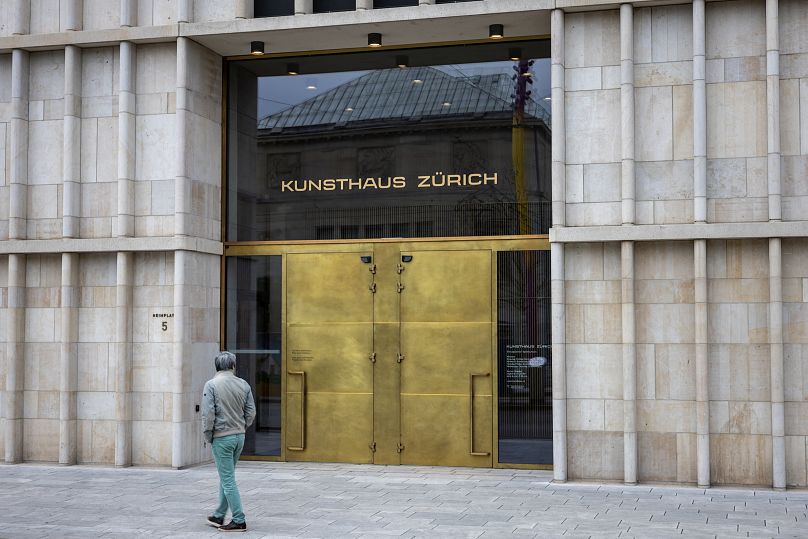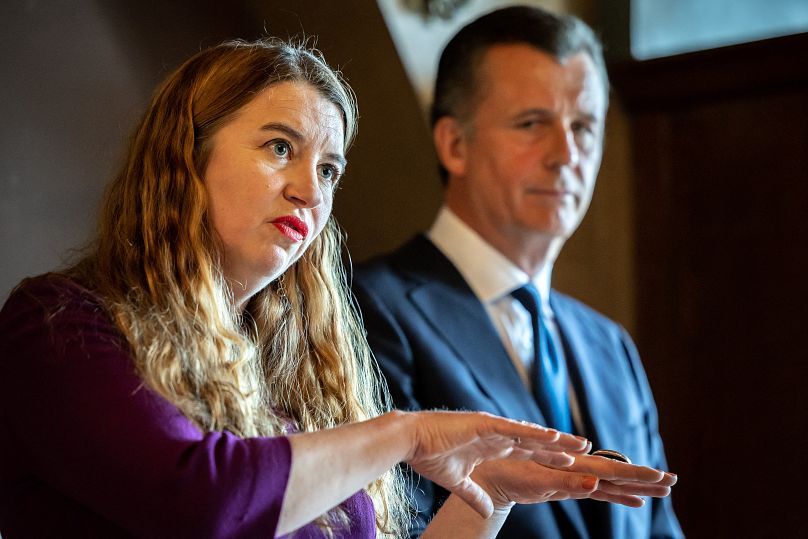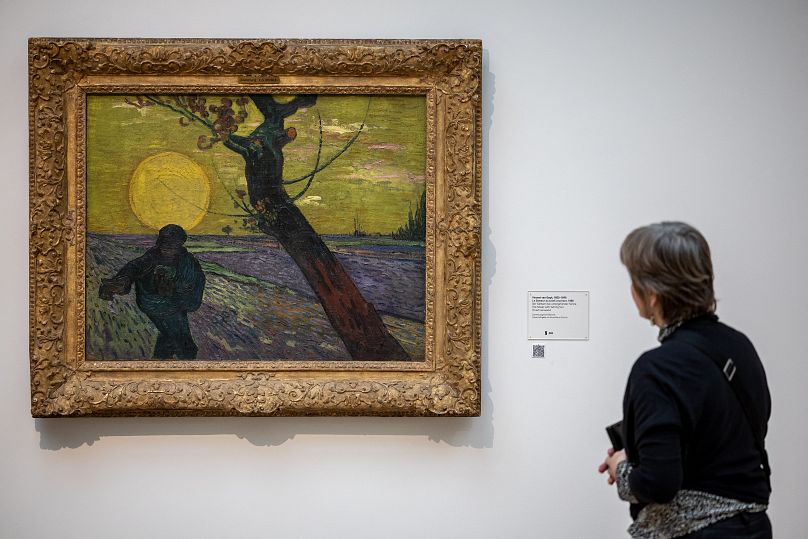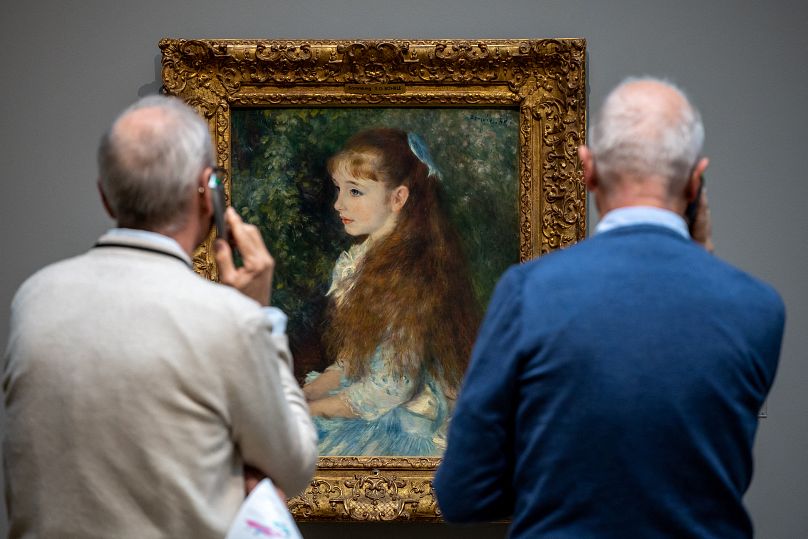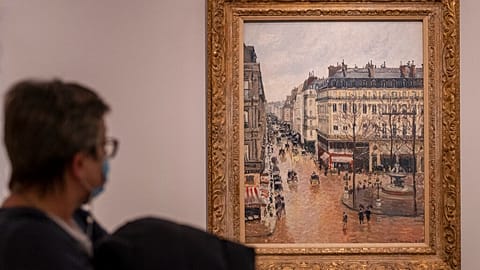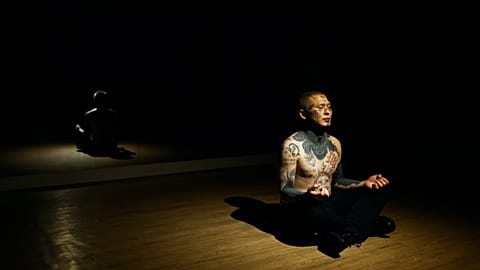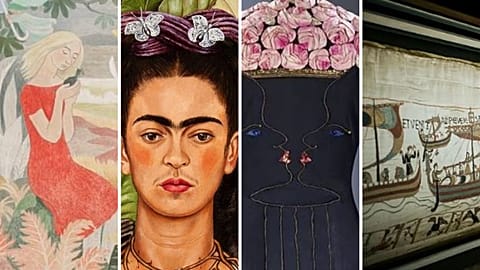A prestigious Swiss institution is attempting to navigate the troubled waters of displaying an art collection with questionable origins dating back to World War II and Nazi looted art.
Kunsthaus Zurich, one of Switzerland's top art museums, has launched a controversial new exhibition which aims at clarifying whether any of its artworks might be cultural property looted by the Nazis.
However, the museum has faced immense criticism for showcasing the collection acquired under questionable circumstances by industrialist Emil Bührle during World War II.
Critics argue that the museum's attempt to provide "context" for the collection lacks sufficient focus on the plight of the artworks' former Jewish owners.
Who was Emil Bührle?
Suspicions have long surrounded the Nazi-era origins of one of Europe's most esteemed private art collections, amassed by the arms dealer Emil Bührle, who built his wealth during the war.
Bührle, a German-born industrialist who became a Swiss citizen in 1937 and passed away in 1956, accumulated approximately 600 artworks, including masterpieces by artists like Cezanne, Degas, Manet, Monet, Renoir, Rembrandt, Picasso, and Van Gogh.
Some of these artworks had been previously looted from their Jewish owners or sold at low prices as their owners fled from the Nazis.
Controversy surrounding the collection
In 2021, Kunsthaus Zurich faced criticism when it unveiled a new building to house around 170 pieces from the collection.
The museum's latest exhibition, titled "A Future for the Past: The Buhrle Collection - Art, Context, War, and Conflict," seeks to broaden its focus to examine the stories of the Jewish collectors.
However, some argue that it has not gone far enough, with cyberhackers targeting the museum's website earlier this year and branding Bührle a "Nazi sympathiser."
Even before the exhibition opened on 3 November, an advisory committee of external experts resigned in protest over the inadequate attention given to the former Jewish owners.
An unnamed committee representative told the Swiss daily Le Temps, "Despite our repeated recommendations to provide the necessary space to the fates of the collectors who were persecuted, looted and murdered, only a small portion is dedicated to them."
Given that "Emil Bührle profited from the historical context to assemble his collection, it is problematic to have the impression that the (Nazi's) victims are being marginalised," she adds.
Addressing the historical issues
Ann Demeester, the museum director, explains, "We're aware of the fact that this collection entails a lot of discussions, and we felt that we need to show the work but also with a context."
The Bührle Foundation, which owns the collection, acknowledged that 13 paintings acquired by the arms dealer during the war had been looted by the Nazis from Jews in France.
Following court cases in the late 1940s, Bührle returned all 13 pieces to their rightful owners and then repurchased nine of them, according to the foundation.
"The artwork themselves are not guilty," Demeester says, "but they are a testimony to this history of horror".
She explains the aim of the new exhibition is "to address the historical issues but also to make sure that the artworks are still seen and don't disappear from view."
One of the displayed pieces in the new exhibition is a Renoir masterpiece from 1880 titled Portrait of Irene Cahen d'Anvers, which was confiscated by the Nazis and later returned by Buhrle to its Jewish owners, who then sold it back to him.
In addition to explanatory texts regarding works known to have been looted, the museum has included videos featuring experts and historians discussing the provenance and soliciting visitors' opinions.
We don't like controversy but we do like discussions," Demeester says.
"A museum is a sanctuary for beautiful pictures, but it's also... a platform where conversations take place," she adds.


